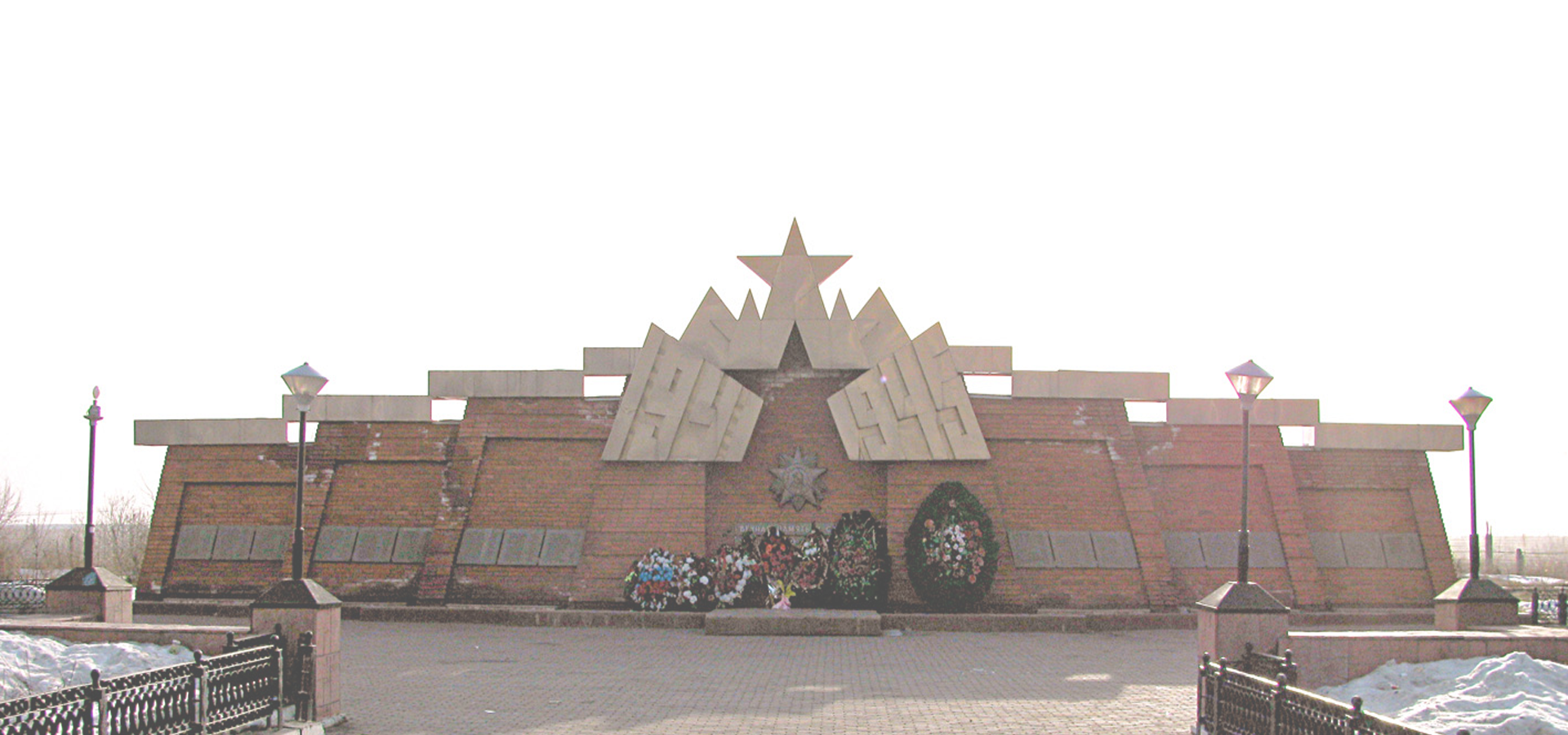Seversk, Tomsk Oblast, West Siberian economic region, Russia
🇷🇺 Seversk (Се́верск) is a closed city in Tomsk Oblast, Russia, located 15 km (9.3 mi) north-west of Tomsk on the right bank of the Tom River.
It was previously known as Pyaty Pochtovy (until 1949) and Tomsk-7 (until 1992).
History Founded in 1949, it was known as Pyaty Pochtovy (Пя́тый Почто́вый, lit. the Fifth Postal) until 1954 and as Tomsk-7 (Томск-7) until 1992. City status was granted to it in 1956.
Geography: Administrative status Within the framework of administrative divisions, it is, together with five rural localities, incorporated as Seversk City Under Oblast Jurisdiction—an administrative unit with the status equal to that of the districts. As a municipal division, Seversk City Under Oblast Jurisdiction is incorporated as Seversk Urban Okrug.
Economy Seversk is the site of the Siberian Chemical Combine, founded in 1954. It comprises several nuclear reactors and chemical plants for separation, enrichment, and reprocessing of uranium and plutonium. Following an agreement in March 2003 between Russia and the United States to shut down Russia's three remaining plutonium-producing reactors, two of the three plutonium producing reactors (the two that are situated in Seversk, at the Sibirskaya Nuclear Power Plant) were shut down.
Nuclear warheads are produced and stored on the premises. One of the most serious nuclear accidents at SGCE occurred on April 6, 1993, when a tank containing a highly radioactive solution exploded (see § Tomsk-7 explosion).
Secret city Seversk had been a secret city in the Soviet Union until President Boris Yeltsin decreed in 1992 that such cities could use their historical names. The town had not been marked on the official maps until then. As was the tradition with Soviet towns containing secret facilities, the designation "Tomsk-7" (like its predecessor "Pyaty Pochtovy") is simply a postal code which implies that the place is located close to the city of Tomsk.
For many years, residents have been restricted from entering or leaving the city. Upon leaving Seversk, residents had to surrender their special entry passes at the checkpoint and it was forbidden to discuss where they worked or lived. In 1987, some restrictions were lifted due to the large number of residents who worked or studied in Tomsk.
The city still remains closed to non-residents. There are six checkpoints where visitors must show entry documents. Permission to visit the city may only be granted by the appropriate authorities by a request of the institution being visited, or by a request of a private party such as a close relative. Prior to May 2007, visitors had to apply for entry passes at a special office in Tomsk proper. Since that date visitors can apply for entry documents directly at the main checkpoint.
Tomsk-7 explosion There was a nuclear accident at the Tomsk-7 Reprocessing Complex on April 6, 1993, when a tank exploded due to formation of red oil, while nitric acid was being added to a plutonium-uranium mixture. The explosion had a force of approximately 100 kg of TNT and blew out a large section of the exterior wall of the high level radioactive processing room, releasing a cloud of radioactive gas. The cloud was dispersed northwards by the wind, with some of the radioactive material settling over the neighboring village of Georgiyevka.
TIME magazine has identified the Tomsk-7 explosion as one of the world's 10 "worst nuclear disasters". The International Atomic Energy Agency considers the event a Level 3 "serious incident".
Culture Seversk has nine municipal cultural and artistic institutions, as well as four establishments of additional education for children of artistic and aesthetic focus. There is also a nonprofit organization, Ostrovsky House of Culture, and a cinema called Mir.
Education There is a major post-secondary school in the city, the Seversk State Technological Academy, a branch of Moscow Engineering Physics Institute.
Seversk, Tomsk Oblast, West Siberian economic region, Russia

Seversk has a population of over 106,516 people. Seversk also forms part of the wider Tomsk Oblast which has a population of over 590,000 people.
To set up a UBI Lab for Seversk see: https://www.ubilabnetwork.org Twitter: https://twitter.com/UBILabNetwork
🇷🇺 Yoshkar-Ola 56.631
🇨🇦 Fort McMurray 56.727
🇷🇺 Zheleznogorsk-Ilimsky 56.583
🇮🇳 Chhatrapur 84.98
Locations Near: Seversk 84.8868,56.6064
🇷🇺 Tomsk 84.946,56.486 d: 13.8
🇷🇺 Kemerovo 86.088,55.355 d: 158
🇷🇺 Leninsk-Kuznetsky 86.15,54.65 d: 231.5
🇷🇺 Novosibirsk 82.95,55.05 d: 211.1
🇷🇺 Akademgorodok 83.097,54.87 d: 223.3
🇷🇺 Novosibirsky District 82.933,55.017 d: 214.8
🇷🇺 Iskitim 83.306,54.64 d: 240.1
🇷🇺 Berdsk 83.096,54.763 d: 233.7
🇷🇺 Prokopyevsk 86.742,53.927 d: 320.2
Antipodal to: Seversk -95.113,-56.606
🇨🇱 Punta Arenas -70.91,-53.162 d: 18429.4
🇨🇱 Coyhaique -72.067,-45.567 d: 18007.1
🇦🇷 Río Gallegos -69.2,-51.617 d: 18249.6
🇨🇱 Port Montt -72.933,-41.467 d: 17701.3
🇨🇱 Puerto Montt -72.933,-41.467 d: 17701.3
🇦🇷 Ushuaia -68.272,-54.789 d: 18332
🇨🇱 Valdivia -73.233,-39.8 d: 17562.8
🇦🇷 San Carlos de Bariloche -71.312,-41.143 d: 17592.2